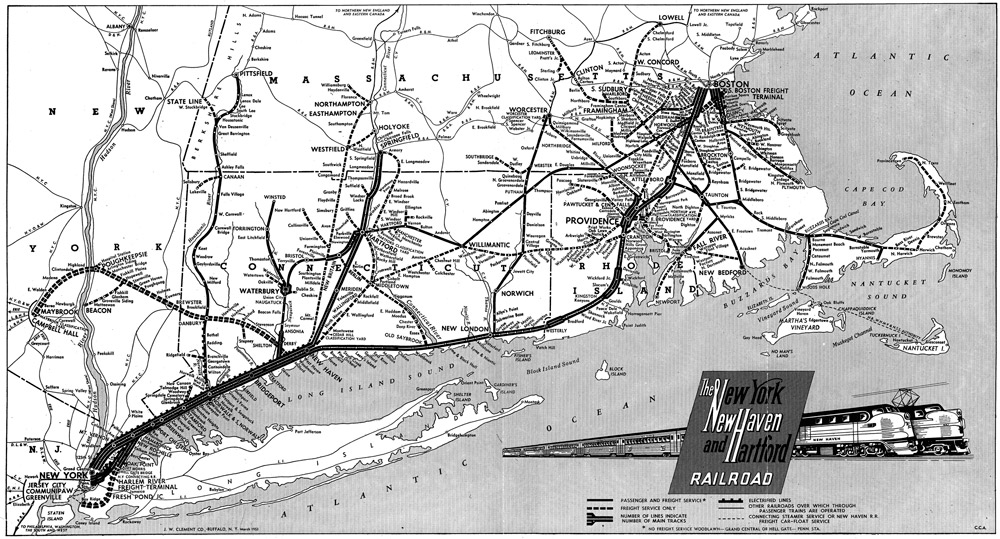So I recently came across this thing, and I really don't know what to think of it - I'm putting it here because NY Penn is the center of the Amtrak NEC universe, even as this isn't strictly a Amtrak thing, it would probably affect its operations. Apparently, a advocacy group called
RethinkNYC has a series of proposals to revamp NYC area rail stations, the cornerstone of which appears to be a massive rethink of how trains transit through Penn. Basically, once the gateway tunnels into NJ are built, they want to pair match the East River tunnels and instead of having MTA LIRR/Metro North and NJ Transit trains terminate at Penn, through run LIRR trains into NJT territory and vice versa. they
claim that doing so decreases traffic conflicts and dwells enough that you can then reduce the number of tracks at NYP by nearly half to accommodate wider platforms and more vertical circulation for a better passenger experience.
View attachment 33819View attachment 33820
In principle, that sounds like a reasonably rational thing to pursue, except for reality. For the moment disregarding the
completely incompatible electrification technologies of LIRR and NJT, which they do as well, this seems to completely ignore the political realities of transit in the NYC Metro, which seems to be one of the most balkanized anywhere in the world - PATH, NYCT, NJT and the MTA Railroads all seem to just barely tolerate each others existence, not to mention perennial NY/NJ conflicts, so I really can't see them agreeing to this. These guys seem to have money and some heft to throw around, getting mainstream coverage and hosting events, but almost seem to completely handwave reality in favor of the ideal. I doubt their numbers stand up to any sort of scrutiny. Frankly, I can't tell if these guys are just NYC NIMBY types with money to throw at it.
Case in point, what caught my attention in the first place:
This Bloomberg Article is likely paywalled, but they had an event to showcase 3 architectural visions for a "New Penn," but clearly their centerpiece is their proposal to
rebuild the 1910 Penn Station. which can allegedly be done affordably "by employing newer fabrication technologies such as 3-D printing." The other designs were a glassy shell of Madison Square Garden thing, or a park and glass shell (See attached) - nothing vaguely allowing development of new buildings, which seems to be at least 70% of their objection to the Cuomo/Hochul plan, which they attack as a handout to billionaire developers. Unrealistic in almost every way, But would I love to experience a rebuilt Penn that feels like a airy modern global station? Yea, I would.
View attachment 33821
View attachment 33822

www.rethinkpennstationnyc.org



